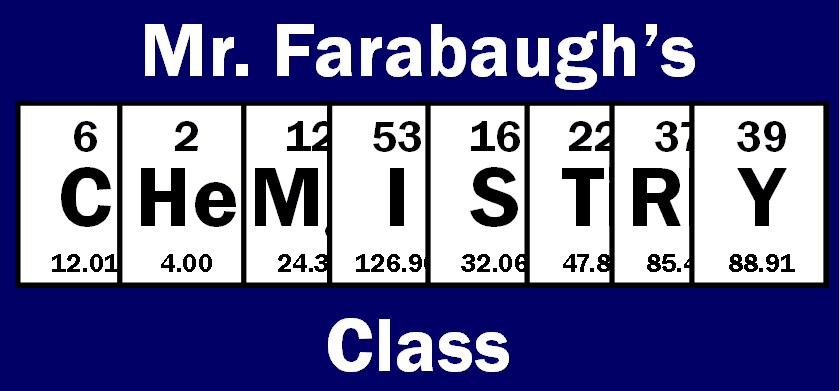Today students learned about some of the properties of acids and bases. Acids can be classified as either strong or weak.
Strong acids are completely dissociated into ions. Weak acids are only partially dissociated into ions. In the pictures below, hydrochloric acid (HCl) is a strong acid that is completely dissociated into ions, whereas hydrofluoric acid (HF) is a weak acid that is only partially dissociated.
Bases can also be classified as strong or weak. Strong bases are typically ionic compounds that contain hydroxide (OH-) ions. A weak base is a molecule or ion that accepts H+. One example of a weak base is ammonia (NH3).
When acids and bases react together, the acid loses H+ and the base gains H+. Acid-base reactions can be written in the form of net ionic equations. You have already had some practice with writing net ionic equations for precipitation reactions. You will need to practice writing net ionic equations for acid-base reactions. This will require you to know if an acid or a base is strong or weak. Therefore, just like you had memorized solubility rules, you should memorize the strong acids (HCl, HBr, HI, HNO3, H2SO4, HClO3, and HClO4).
The PowerPoint Notes for Chapter 4 have been updated to include Example #10 from your Chapter 4 Review Guide, which I discussed at the end of class today. This problem shows you four examples of net ionic equations.
Your homework for Monday is to answer the following questions from Chapter 4 in your textbook: 21 - 32 (on page 97).
E-mail me if you have questions.


No comments:
Post a Comment